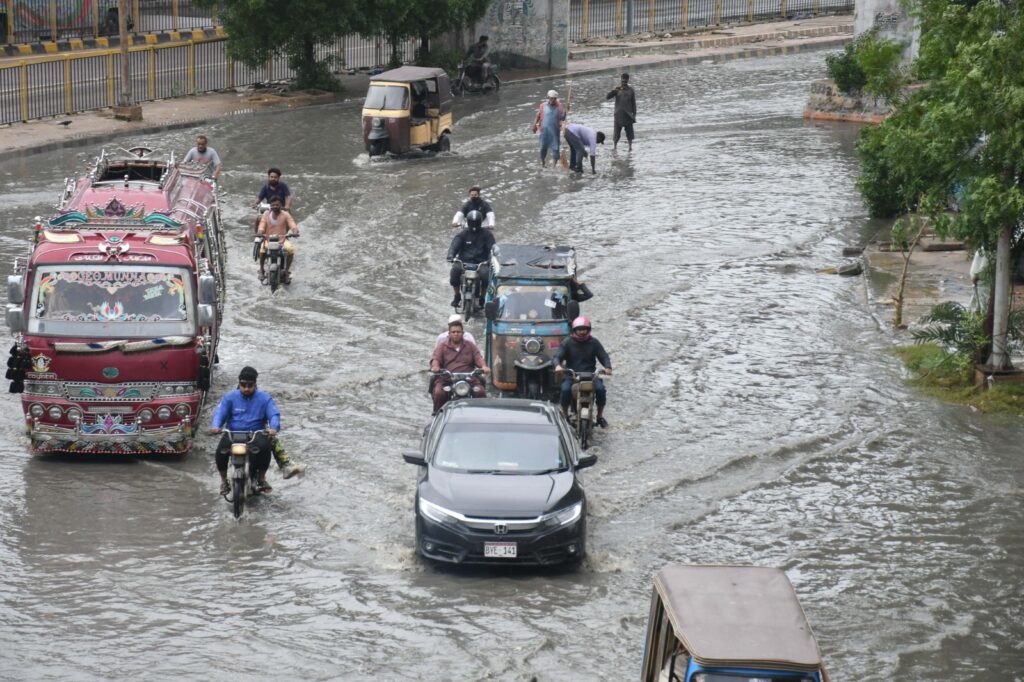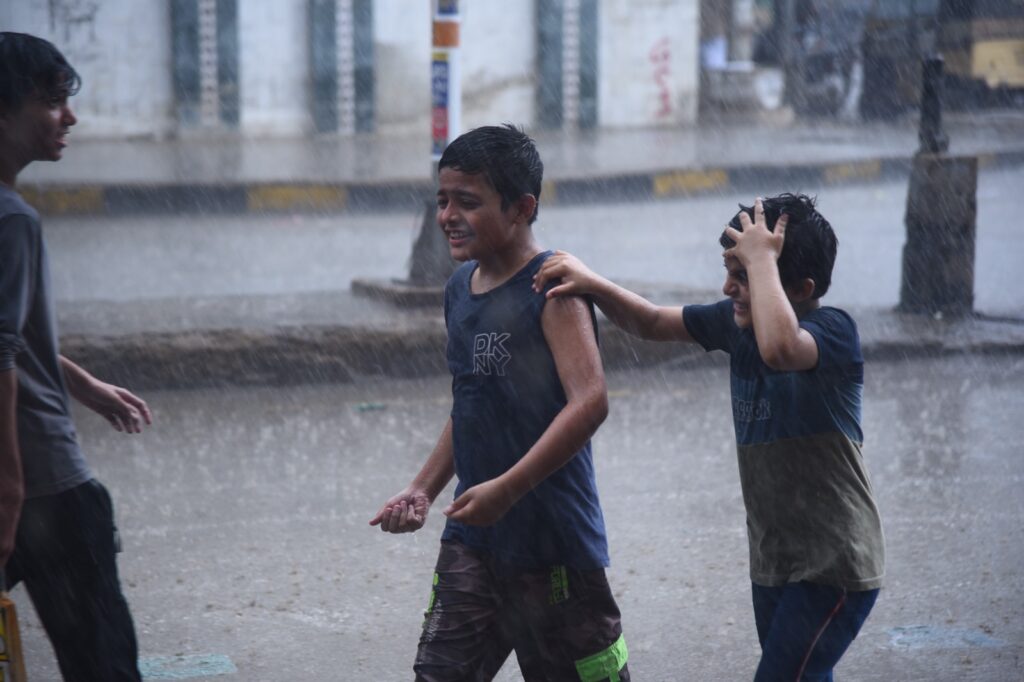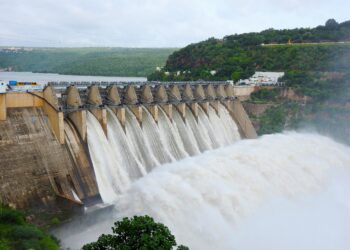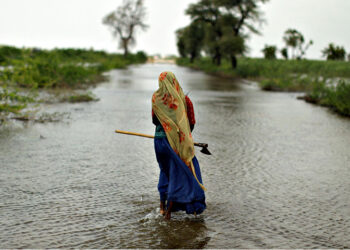The storm is expected to continue its
west-southwest trajectory, moving
further away from Pakistan
Staff Reporter

Karachi: The cyclone has shifted away from Pakistan’s coastline and is currently positioned approximately 200 kilometers southwest of Karachi and 220 kilometers south-southeast of Ormara. The storm is expected to continue its west-southwest trajectory, moving further away from Pakistan.
Meteorological Impact and Warnings
Despite the cyclone steering away from the coastline, the PMD has issued warnings for several regions in Sindh and Balochistan. Karachi, along with other districts like Badin, Thatta, Sujawal, Hyderabad, and Dadu, is likely to experience heavy rainfall accompanied by squally winds of up to 80 km/h. In Balochistan, districts such as Hub, Lasbela, Awaran, Kech, and Gwadar are under similar threats, with the weather expected to remain turbulent until September 1.
Sea conditions have become extremely rough, prompting the PMD to advise fishermen in both Sindh and Balochistan to avoid venturing out to sea until the storm passes. The authorities are taking precautionary measures to minimize damage and ensure public safety.

Casualties and Infrastructure Damage
The severe weather conditions associated with Cyclone Asna have led to tragic losses and significant damage across Pakistan. In Sindh, nine people have died in rain-related incidents, primarily in the districts of Jamshoro, Dadu, and Mirpurkhas. Over 30 individuals have been injured as the heavy rains caused sewers to overflow, breached dykes, and destroyed numerous mud houses.

In Karachi, a 50-year-old woman named Shamim Bibi lost her life when a tree fell on her near Baitul Mukarram Mosque on University Road. Additionally, a 25-year-old man named Muhammad Sameer was electrocuted in Korangi’s Sector 51-C while working at home.

Balochistan has also witnessed the devastating effects of the cyclone, with 13 people swept away by flash floods in Loralai, Qila Saifullah, Duki, Harnai, and Jhal Magsi. Although seven members of a family were rescued after being carried away by floodwaters in Loralai, others remain missing.
Broader Regional Impact

The cyclone’s effects have not been confined to Pakistan alone. In neighboring India, the state of Gujarat has experienced similar turmoil, with at least 31 people losing their lives due to rain-related incidents. Authorities in Gujarat have evacuated over 8,700 people from ten districts, highlighting the widespread impact of this natural disaster across the region.
Rare Cyclonic Activity in Monsoon Season
The formation of Cyclone Asna during the monsoon season is a rare phenomenon, according to meteorologists. The last time a cyclone of this magnitude formed in the Arabian Sea during August was in 1976. While the cyclone is predicted to weaken as it moves towards Oman, its impact on Pakistan, particularly in Balochistan, remains a concern due to the potential for intense rainfall and subsequent flooding.
Conclusion
As Cyclone Asna moves away from Pakistan, the country continues to grapple with the aftermath of the severe weather it brought. The PMD and local authorities are on high alert, working to mitigate further damage and safeguard lives. Residents in the affected regions are urged to remain cautious and adhere to the advisories issued by authorities.























